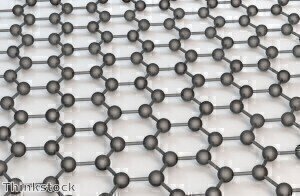Measurement and Testing
Student uses graphene to create new sensor for hazardous gases
Mar 15 2012
A student from the Rensselaer Polytechnic Institute, New York, has harnessed the power of graphene material to create a new sensor for small quantities of hazardous gases.
Fazel Yavari, who is a doctoral student at the Institute, has made the new durable, sensitive and inexpensive device using the power of the world's thinnest material, graphene. This could revolutionise devices currently used by bomb squads, defence and law enforcement officials, as well as in industrial settings.
Nanostructure-based gas detectors have previously struggled in the market, and this device overcomes many of the shortcomings associated with this technology. Current gas sensors used for emission detection are bulky and expensive, which significantly hinders their use in most applications given that they are not sensitive enough to detect trace amounts of gases.
Being able to detect these trace gases is of utmost importance in several industries, particularly in relation to health and safety. However, nanomaterials such as graphene are highly sensitive to chemical changes, which makes them ideal for this kind of detection.
Posted by Joseph Hutton
Digital Edition
PIN 25.2 Apr/May
April 2024
In this Edition Safety - Carbon monoxide toxic and flammable gas detection Analytical Instrumentation - Density: A fundamental parameter at critical stages within the petroleum sector...
View all digital editions
Events
May 08 2024 Lahore, Pakistan
May 13 2024 New Orleans, LA, USA
May 14 2024 Tashkent, Uzbekistan
May 14 2024 Oklahoma City, OK, USA
May 15 2024 Lund, Sweden


















